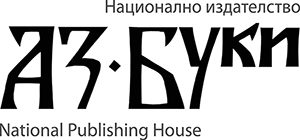Category "Presentation", 11. – 12. grade
Iglika Koleva, 11th grade[1]
Supervisor: Emilia Ivanova
Commercial Secondary School – Burgas (Bulgaria)
https://doi.org/10.53656/nat2025-3.32
Abstract. This paper examines the chemical aspects of money as a material object in the modern economy. It focuses on the composition and structure of Bulgarian coins and banknotes, analyzing the metals, alloys, and polymers used in their production. Physicochemical methods used to protect against counterfeiting are also examined – fluorescence and inks with optical effect. Attention is also paid to the corrosion process of metals used in coins, and ways to clean them using simple chemical reactions at home. Finally, the connection between money and chemical processes in the brain is explored, with a focus on dopamine – the substance associated with motivation and happiness. The study demonstrates how chemistry not only explains the physical nature of money, but also its psychological impact.
Keywords: coins; banknotes; alloys; corrosion; fluorescence
Log in to read the full text

